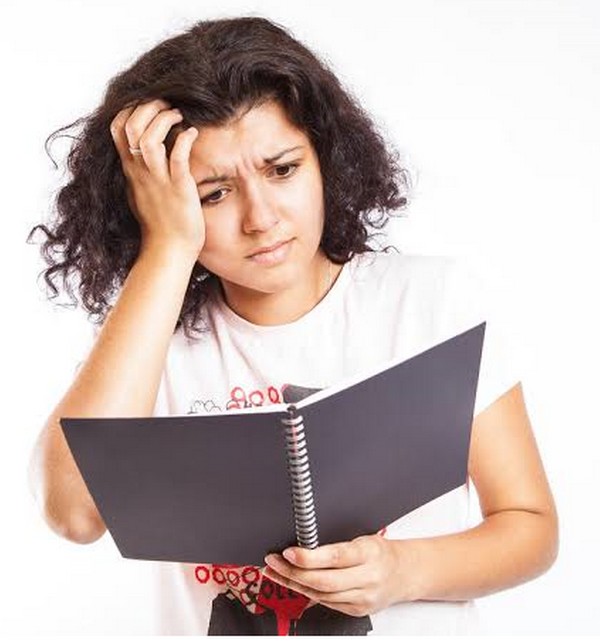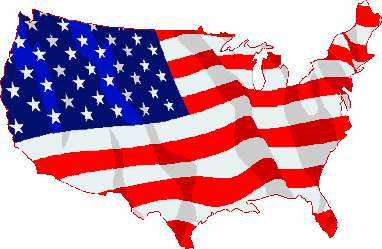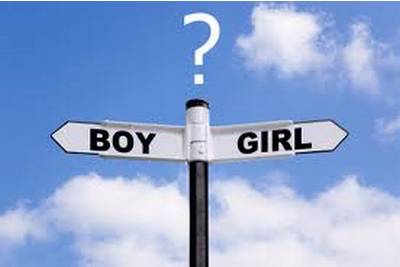Does legalization increase teen marijuana use? A case of dueling studies
 A study published this week in JAMA Pediatrics contradicts one published last month in the American Journal of Public Health. Both studies used data from the Youth Risk Behavior Survey conducted every other year by the Centers for Disease Control and Prevention.
A study published this week in JAMA Pediatrics contradicts one published last month in the American Journal of Public Health. Both studies used data from the Youth Risk Behavior Survey conducted every other year by the Centers for Disease Control and Prevention.
The newer study analyzed YRBS data from 1993 to 2017. It finds that the eleven states that have legalized marijuana for recreational use are associated with an 8 percent decreasein the odds of past-month adolescent marijuana use and a 9 percent decrease in the odds of frequent marijuana use (10 or more times in the past month).
These findings directly contradict last month’s study which finds a 10-fold increase in past-month adolescent marijuana use over roughly the same time. This researcher analyzed YRBS data from 1991 to 2017.
What are we to make of such a jarring contradiction?
Following the old adage “when in doubt, ask,” we’ve decided to write the authors of both studies and ask them to explain how their analyses of the same survey over nearly the same time could result in such different outcomes. We will publish their explanations in a future issue of The Marijuana Report as soon as we hear from them. Stay tuned.
Read JAMA Pediatrics article here. Read American Journal of Public Health abstract here.
The Marijuana Report
https://themarijuanareport.org/
JAMA Pediatrics study doesn’t provide enough data to support its findings
Last week, The Marijuana Report covered two studies: “Association of Marijuana Laws with Teen Marijuana Use” published last week in JAMA Pediatrics and “Trends in Single, Dual, and Poly Use of Alcohol, Cigarettes, and Marijuana Among US High-School Students: 1991-2017” published last month in the American Journal of Public Health.
The JAMA study found no evidence that medical marijuana laws increased adolescent marijuana use but did find evidence that legalizing the drug for recreational use may decrease past-month and more frequent adolescent marijuana use by 8% and 9%, respectively. The public health study found a 10-fold increase in teen marijuana use, using data from the same survey – the CDC’s Youth Risk Behavior Survey (YRBS) – over nearly the same period (JAMA: 1993-2017; Public Health: 1991-2017). The YRBS Survey collects data in the spring every other year.
The studies seemed contradictory to us. We wrote to their authors asking for clarification. Here’s what they said:
Author of the American Journal of Public Health study, Hongying (Daisy) Dai, PhD: “Our study focused on marijuana use patterns. We provided discussions in the article. Hope this helps.”
Lead author of the JAMA Pediatrics study, Mark Anderson, PhD: “Our study is interested in estimating the effects of policies, while the other is interested in documenting trends. I do not see how the two are comparable. They ask fundamentally different questions, using entirely different methods.”
In their study, Dr. Anderson and his colleagues say without identifying them that “7 states contributed data to the YRBS before and after RML [recreational marijuana law] adoption.” They later note the odds of recreational legalization decreasing adolescent marijuana use is consistent “with the argument that it is more difficult for teenagers to obtain marijuana as drug dealers are replaced by licensed dispensaries that require proof of age.”
But if licensed dispensary sales, rather than the year states legalized marijuana for recreational use, are the criteria used in this study, only four states fall within its time frame.
Colorado and Washington State legalized recreational marijuana November 2012. Licensed retail sales began in the former January 2014, the latter July 2014.
Alaska and Oregon legalized recreational marijuana November 2014. Licensed recreational sales began in Alaska February 2016 and in Oregon via medical marijuana dispensaries October 2015 until January 2017, when licensed recreational sales began.
These are the only states that licensed recreational marijuana sales before the YRBS study ended in 2017.
Although the District of Columbia and Maine legalized recreational marijuana in November 2014 and 2016 respectively, and Vermont did so in 2018, none allow licensed recreational sales. (Maine’s governor just signed a new bill that will allow licensed sales as of March 2020.)
California, Massachusetts, and Nevada legalized recreational marijuana in 2016 but licensed retail sales began after 2017, the end point of the YRBS study.
Michigan legalized recreational marijuana in 2018 as did Illinois in 2019.
Dr. Anderson told CNN, “Because many recreational marijuana laws have been passed so recently, we do observe limited post-treatment data for some of these states. In a few years, it would make sense to update our estimates as more data become available.”
With only four states inaugurating recreational marijuana sales before the YRBS study closed, we agree.
Read Dr. Anderson and colleagues’ study here. Read abstract of Dr. Dai’s study here.
https://themarijuanareport.org/






